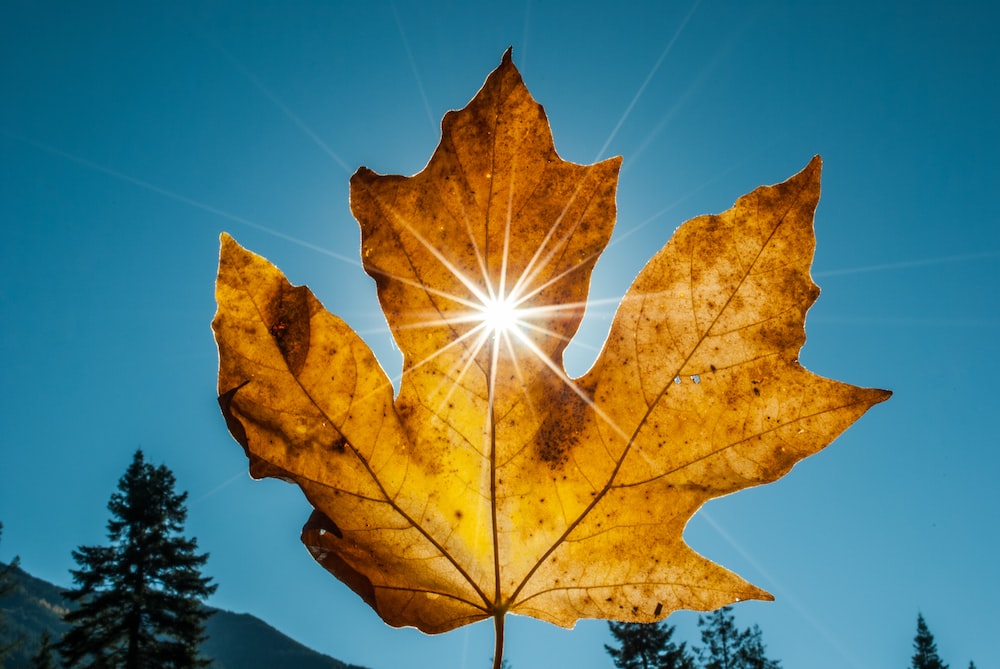From the point of view of astronomers, autumn does not begin on September 1, but at the moment when the center of the solar disk, in its movement along the ecliptic, crosses the celestial equator and moves from the northern hemisphere of the sky to the southern. This year it will happen on September 23 at 9:50 a.m. GMT+3. However, the weather outside is still not autumn at all: on September 24 in Kyiv, it is predicted to reach 28° above zero Celsius — a real summer heat! However, the “climatic autumn” is not late for the first time, and this is not so bad. It’s much worse when it starts earlier than expected.
In fact, all seasons are slightly behind both their calendar dates and astronomical ones. One of the main factors determining the average daily temperature in a particular area is the maximum height of the Sun above the horizon, depending on the declination of the center of the solar disk (its position relative to the celestial equator), and the associated length of daylight. It would seem that after the winter solstice on December 21 or 22, our luminary in the middle latitudes of the Northern Hemisphere culminates higher and higher every day, which means that it should be getting warmer outside. But, as we know from life experience, January is usually the coldest month of winter, and our ancestors generally considered February to be such — hence its Ukrainian name. Similarly, in summer, the hottest month is most often not June, when the summer solstice is observed, but still July.

Those who are familiar with physics will remember the term “thermal inertia” in this place — and they will be right. To heat a physical body (even such an ephemeral one as air) from one temperature to another, it takes a certain time, the greater the mass of this body and the heat capacity of the material it consists of, the more time is needed. The latter characteristic is the smallest for gases, but with liquids and solids everything is a little more complicated: among all the substances that make up the earth’s crust, water has the greatest heat capacity.
So even when the Sun reaches the highest altitude above the horizon in summer and stays above it the longest, it still “does not have time” to warm up the reservoirs and the ground to the maximum temperature possible under these conditions: the peak of their heating comes a little later (in our latitudes on average for a month), and only after that they begin to cool down. In winter, we have the opposite situation: our luminary is already “turning for summer” at the end of December, but this is not enough to start warming up the frozen ground and water under the ice. In addition, snow and ice reflect the sun’s rays very well, not allowing them to be absorbed in sufficient quantities and transferring their energy to the matter they illuminate. Therefore, the winter minimum temperatures often fall at the end of January or the beginning of February.
But for thermal inertia to “work”, heat is needed — that is, it is necessary that in summer the ground and water warm up to temperatures significantly above average. And this did not always happen. About three hundred years ago, the climate in the Northern Hemisphere of the Earth was noticeably colder (climatologists even introduced the term “Little Ice Age”), and on the territory of Ukraine during the September equinox, the weather was almost always quite autumnal. However, quite often it was on these days that there was a short-term warming, which received the popular nickname “Indian summer”. It is responsible for the peculiarities of atmospheric circulation over Europe and the eastern part of North America.
Then the climate began to warm up: slowly at first, and from the end of the XIX century — faster and faster. According to many scientists, this was caused by natural climatic cycles, and the anthropogenic factor in warming plays an important role. However, the Little Ice Age reminded itself for some time; for example, in 1906, the first snow fell in Kyiv on September 27. But all these cold times are already in the past. The summer of 2023 in the Northern Hemisphere became the hottest in the history of meteorological observations and provided us with sufficient “thermal inertia” so that real summer temperatures lasted almost the whole of September.
According to most forecasts, this factor will continue to operate, and together with the increasing solar activity, it will also provide us with a fairly warm winter. Therefore, we can be sure that the plans of our disrespectful northeastern neighbors to “freeze Ukraine” will once again fail. Even nature is on our side in this war!
Follow us on Twitter to get the most interesting space news in time
https://twitter.com/ust_magazine
